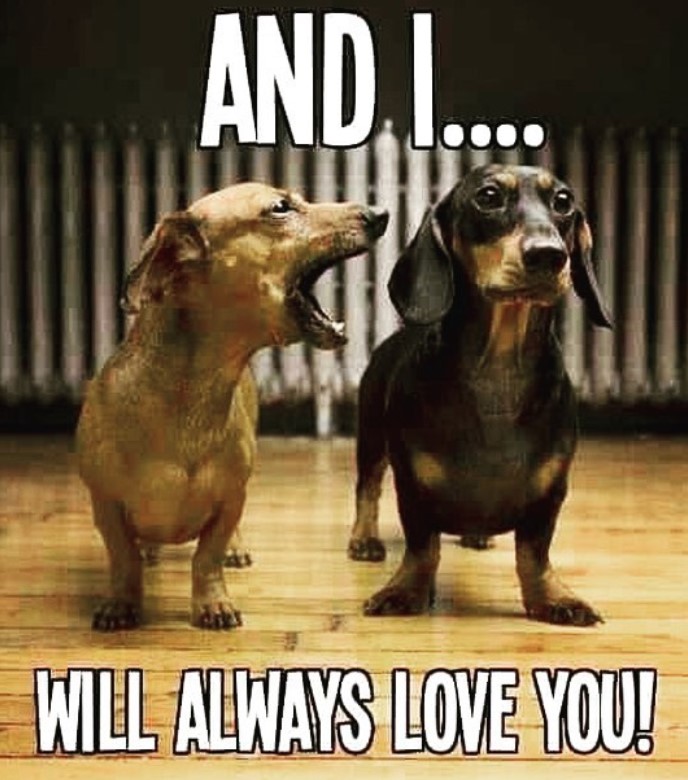

- #See you in the funny pages meaning movie#
- #See you in the funny pages meaning serial#
- #See you in the funny pages meaning plus#

No less memorable is the work of Ben Katchor, creator of Julius Knipl, Real Estate Photographer: Stories (Little, Brown, 106 pages, $14.95, paperback), who is the subject of an exhibition on display through Feb.
#See you in the funny pages meaning movie#
Terry Zwigoff's movie of Ghost World, though generally faithful to Clowes' original, is softer in tone than the comic-book version, whose unremittingly bleak vision of postmodern adolescence is hard to take and harder to forget. This is especially true of the three- and four-panel comic strips that run in newspapers.Īt first glance, Enid's frustration seems familiar stuff - Holden Caulfield with a sex-change operation - but Clowes has an astonishingly acute ear for the argot of contemporary teen-agers, and his elliptical brand of storytelling meshes neatly with the flat, cartoony drawings that are a perfect visual symbol of the smothering tackiness of Enid's one-dimensional world.
#See you in the funny pages meaning serial#
They also tend to be a serial art, featuring continuing characters who are seen in self-contained installments structured more like a sitcom than a soap opera. They are, in other words, a narrative art - one whose action, like that of short stories or novels, moves through time. (This may help to explain why the work of James Thurber and Charles Addams, which plumbs the timeless peculiarities of human character, now seem fresher than that of, say, Peter Arno, who was mainly interested in the passing social scene.)Ĭomics, by contrast, are multiple-frame drawings arranged in a story-telling sequence. Whether or not they are art is hard to say, though a quick riffle through The New Yorker 75th Anniversary Cartoon Collection (Pocket Books, 291 pages, $40) suggests that most cartoons, like stand-up comedy, are too immediately and narrowly contemporary in their subject matter to be of lasting interest. Cartoons, he explains, are single-panel drawings, usually accompanied by an amusing caption.

To begin with, McCloud draws a firm line between cartoons and comics.

Be that as it may, there are some intriguing things going on in the world of comics, and Understanding Comics is a good place to start finding out about them. Similarly, it remains to be seen whether "comix" will prove to be more than another fad, despite the extravagant claims currently being made for them.
#See you in the funny pages meaning plus#
In Understanding Comics: The Invisible Art (HarperPerennial, 215 pages, $22.50, paperback), the best available analysis of how comic-book art works, Scott McCloud goes so far as to argue that it offers "all the potential imagery of film and painting plus the intimacy of the written word." Perhaps - but we're still reading picture-free novels on paper, not computers, and watching first-run films in theaters, not our living rooms. Contrary to the chronically wishful thinking of journalists, new artistic media catch on slowly, if at all. According to Publishers Weekly, "Trade book publishers are beginning to see comix as the manifestation of a newly emerging literary sensibility, appealing to a young, loyal, highly educated and affluent market."


 0 kommentar(er)
0 kommentar(er)
